
Visa and entry requirements Cambodia:
Passport required
German citizens are required to have a visa to enter Cambodia.
It is also possible to obtain a visa upon entry “visa on arrival” for a fee and presentation of a passport photo.
Visa costs: 30 USD
Information from the Foreign Office about your trip to Cambodia:
https://www.auswaertiges-amt.de/de/kambodschasicherheit/220008
Cambodia is a kingdom in Southeast Asia with a population of around 16.5 million. The state borders Vietnam to the south and east, Laos to the northeast, Thailand to the north and west and the Gulf of Thailand to the southwest.
Cambodian territory also includes 65 islands, of which Kaoh Kong and Koh Rong are the largest.
The official language of the country is Khmer and the Cambodian Riel is used as a means of payment, with 1 euro equaling around 4,500 KHR.
The largest cities in Cambodia include Phnom Penh, Sisophon, Sihanoukville, Battambang, Siem Reap, Kampong Cham, Pursat, Kampong Thom, Kratie, Ta Khmau, Kampong Chhnang and Prey Veng. About 97% of the local population profess Buddhism.
The kingdom's land area consists largely of tropical rainforest, is predominantly flat and only has two central mountains in the west. The highest peak in the country is the 1,813 meter high Phnom Aural in the Cardamom Mountains. The Mekong is the largest river in the country and one of the 10 longest rivers in the world.
Cambodia has a diverse range of wildlife, such as tigers, elephants, bears, leopards and snakes.
After almost 20 years of civil war, Cambodia is one of the poorest countries in the world. The East Asian state's most important economic sectors are the textile industry, timber exports, agriculture with the cultivation of tobacco, bananas, cassava, pineapples, corn, soybeans and mangoes, and tourism with its unique temple complexes.
The national territory also has various raw material deposits, such as gold, sapphires, coal, bauxite, phosphate and iron ore, but their mining has not yet been progressed.
The capital of Cambodia is Phnom Penh with around 1.8 million inhabitants. The city in the south of the country is the political and economic center of the country.
Cambodia is known worldwide for its largest temple complex in the world, Angkor Wat, near Siem Reap. This unique 200 square kilometer territory, with the ruins of the lost city of Angkor, was the largest metropolis of the Middle Ages. The Angkor Wat temple, with its ingenious man-made water system, is the largest religious building in the world.
The most important sights in Cambodia after Angkor Wat include, the ancient Bayon Temple, the ruins of Ta Prohm and Angkor Thom, the archaeological park of Angkor, the landmine museum and the theater of Siem Riep, the Baphuon temple ruins, the royal palace, the Wat Botum, the national museum, the spiritual center Wat Phnom, the central market, the Independence Monument and the building of the National Assembly of Cambodia in Phnom Penh, the Mekong island of Koh Trong, the art museum in Battambang and the other Angkor ruins Banteay Samre, Koh Ker Temple, Victory Gate, Preah Vihear Temple, Beng Mealea, Preah Khan and Banteay Srei.
In April 2012 I traveled to Cambodia for the only time so far. I took the bus from Saigon in Vietnam, with stops in Phnom Penh and Siem Reap, through the entire territory of Cambodia to Bangkok in Thailand.
The cozy capital Phnom Penh, with its beautiful government buildings and vibrant nightlife, was followed by a three-day stay in Siem Reap, the gateway to Angkor's famous temple complex.
To say it straight away, the temple complex of Angkor Wat was the most impressive thing I have ever seen on all my travels. Not only the many old temple ruins, but also the entire complex with the many ancient trees and their huge roots were simply incredible.
Cambodia, with its friendly people everywhere and incredible cultural wealth, is a fantastic travel destination and is always worth a visit. This country is still honest with its guests and absolutely inexpensive.

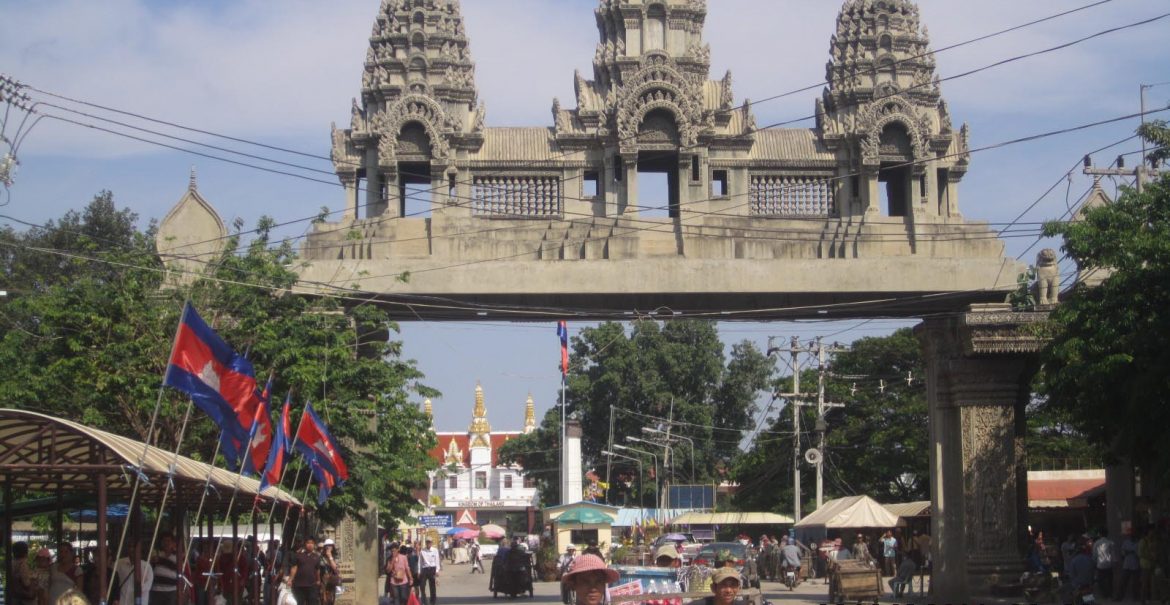

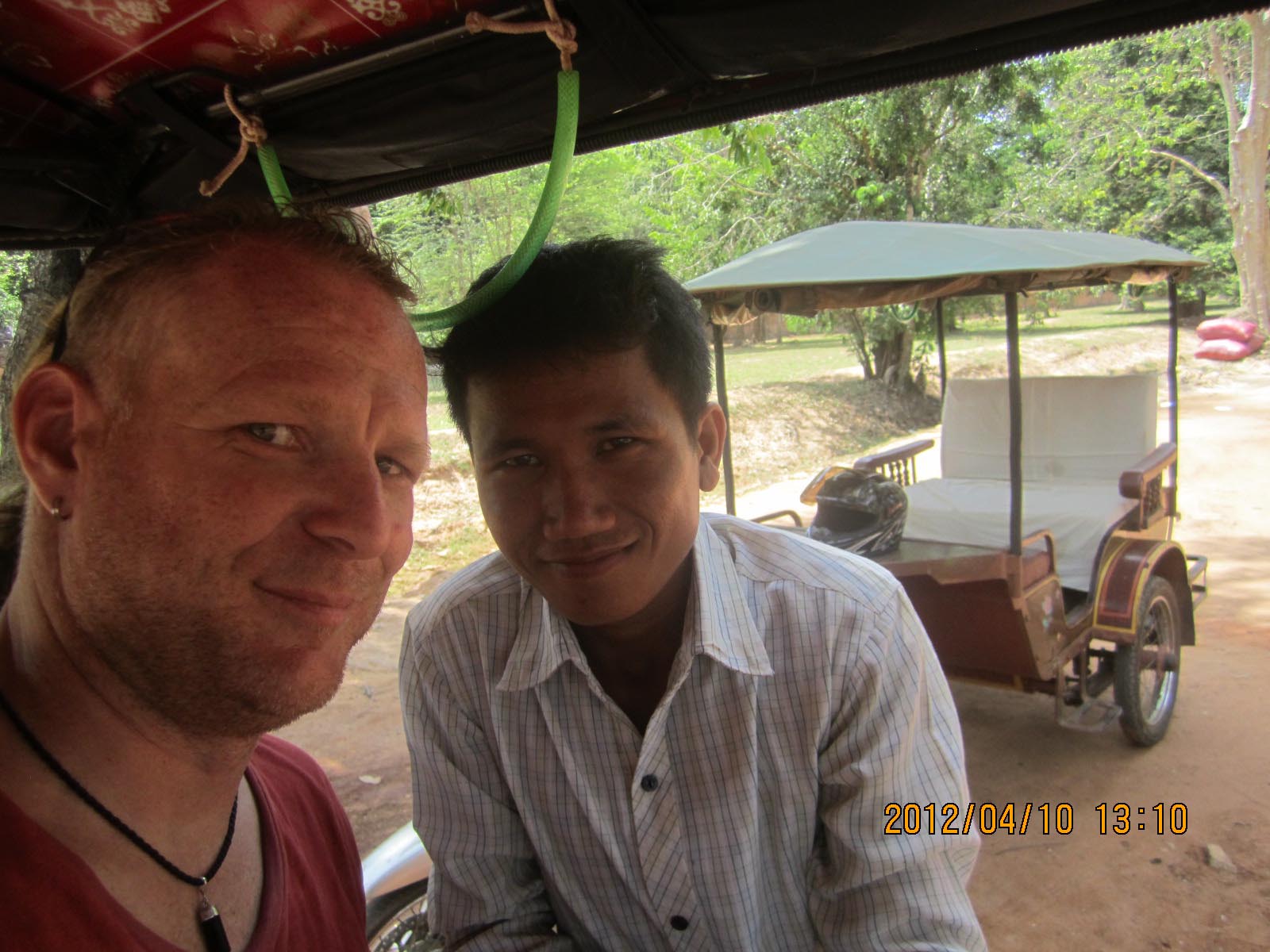

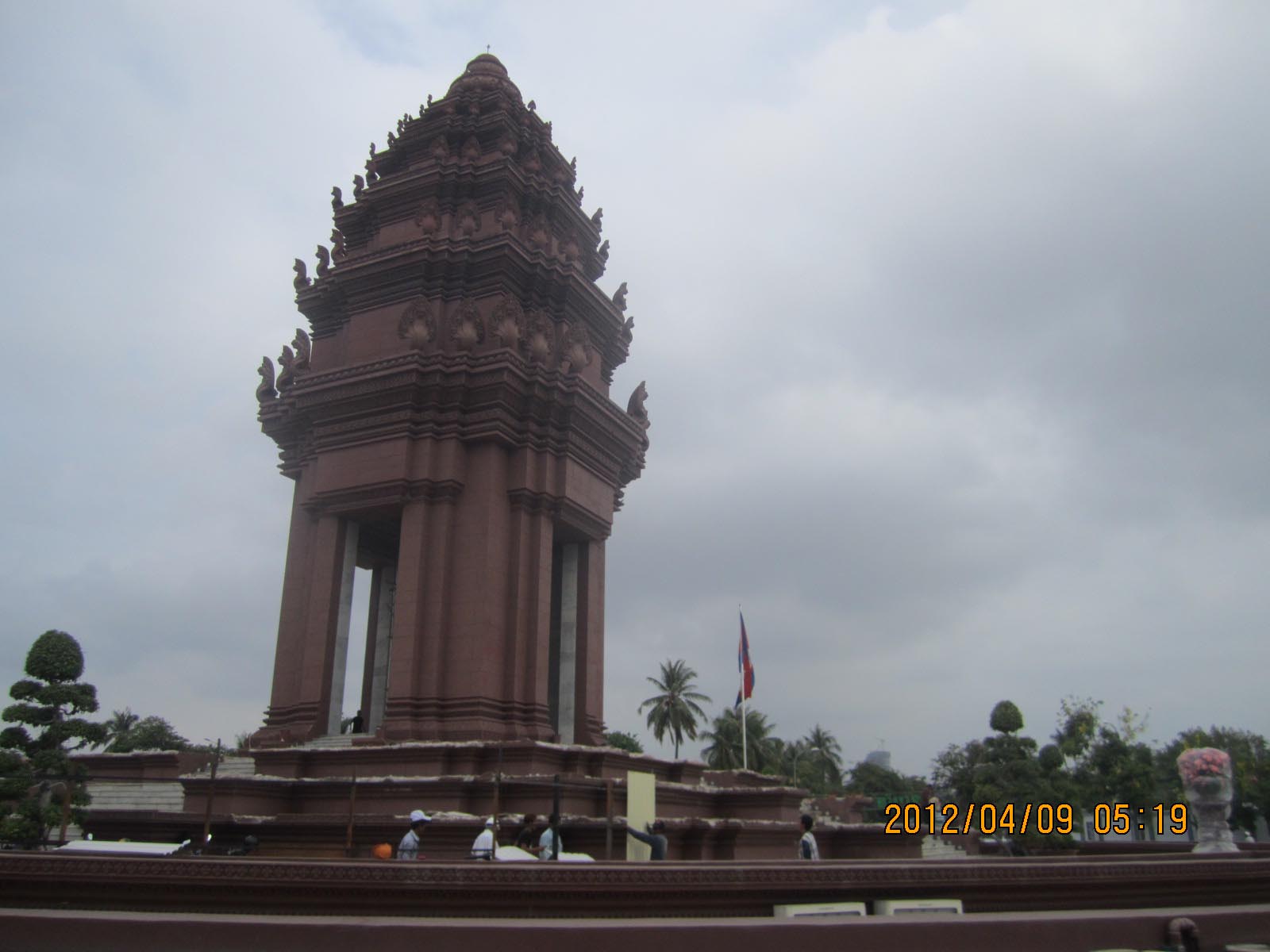
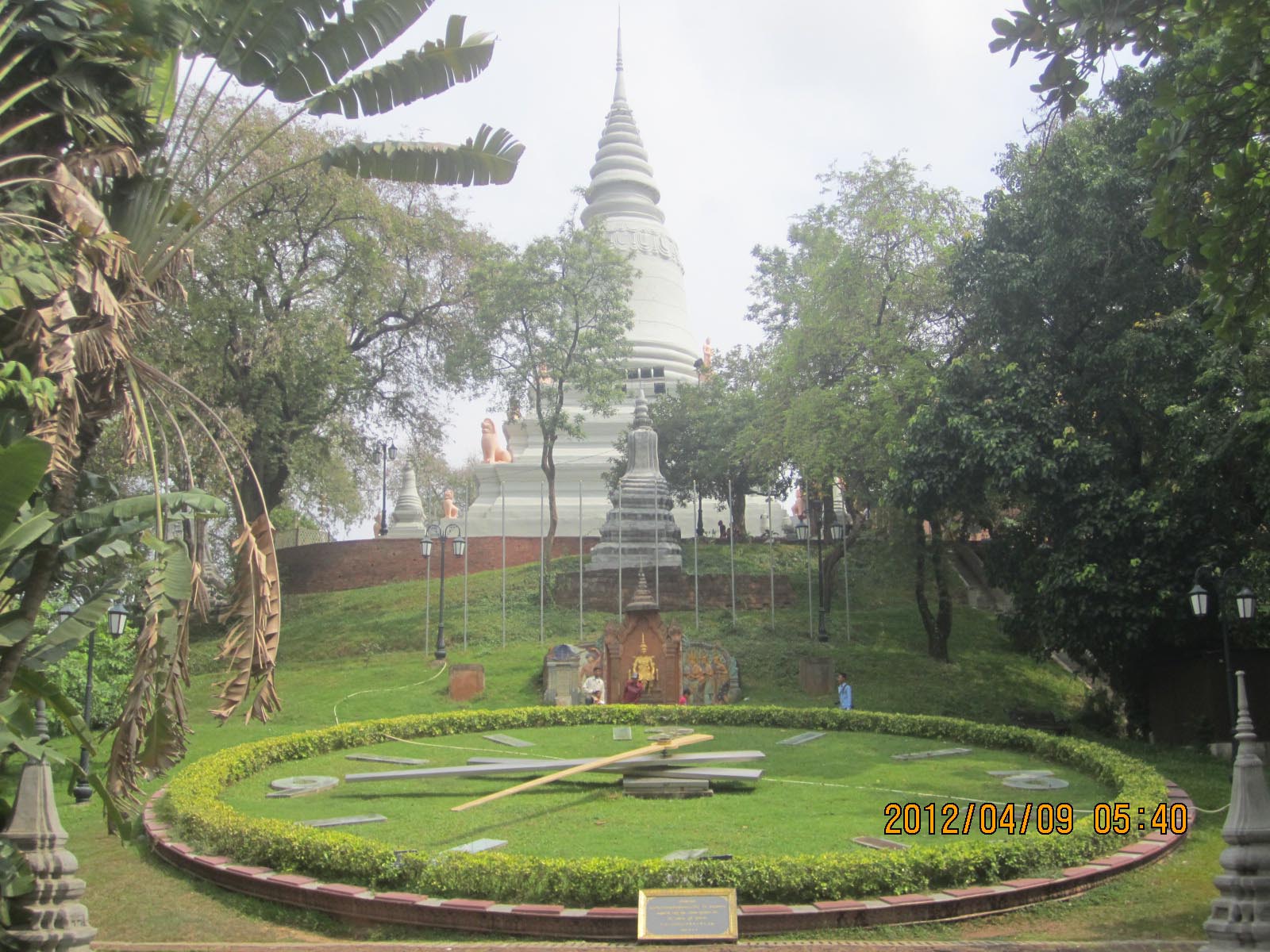
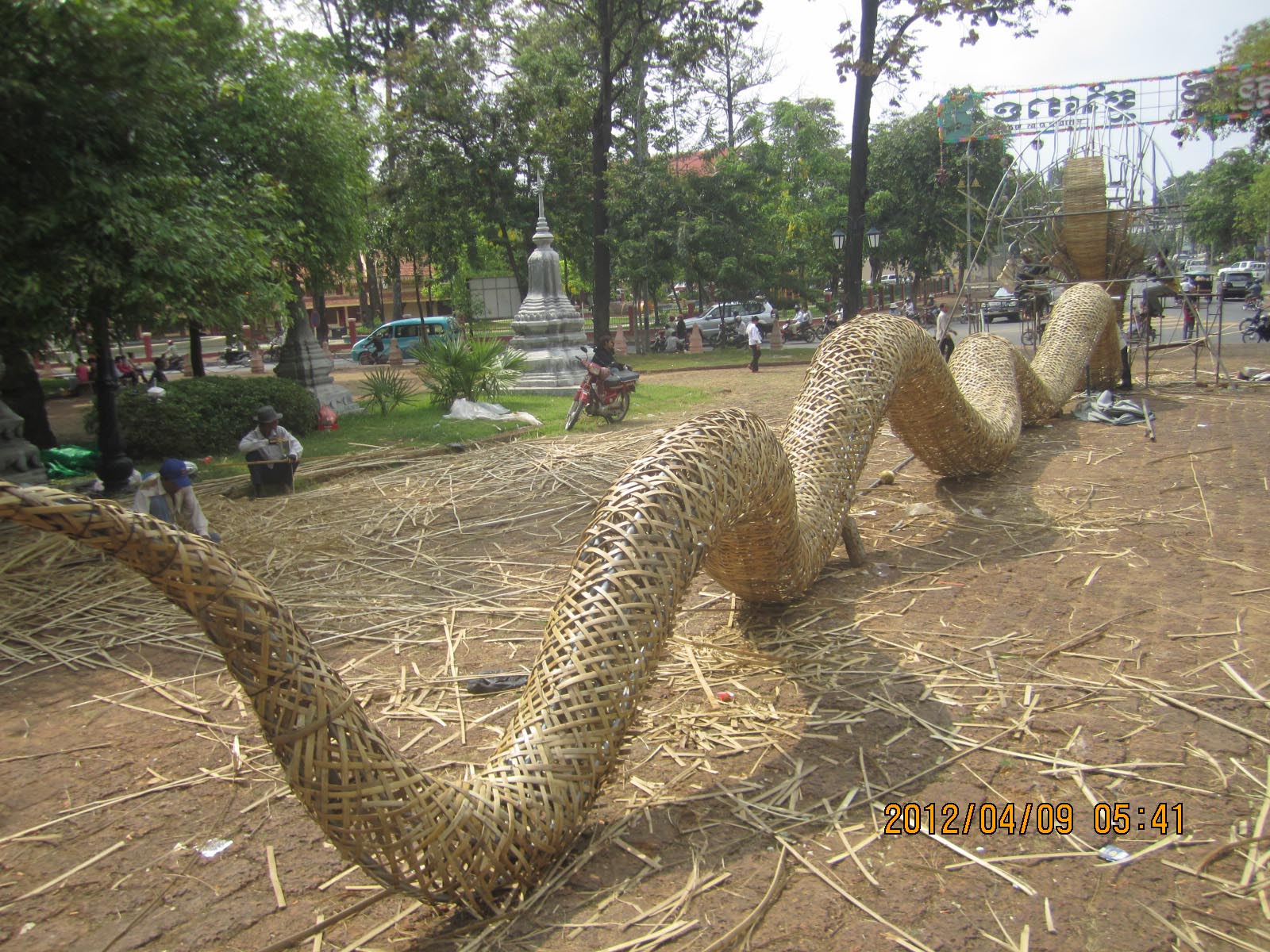
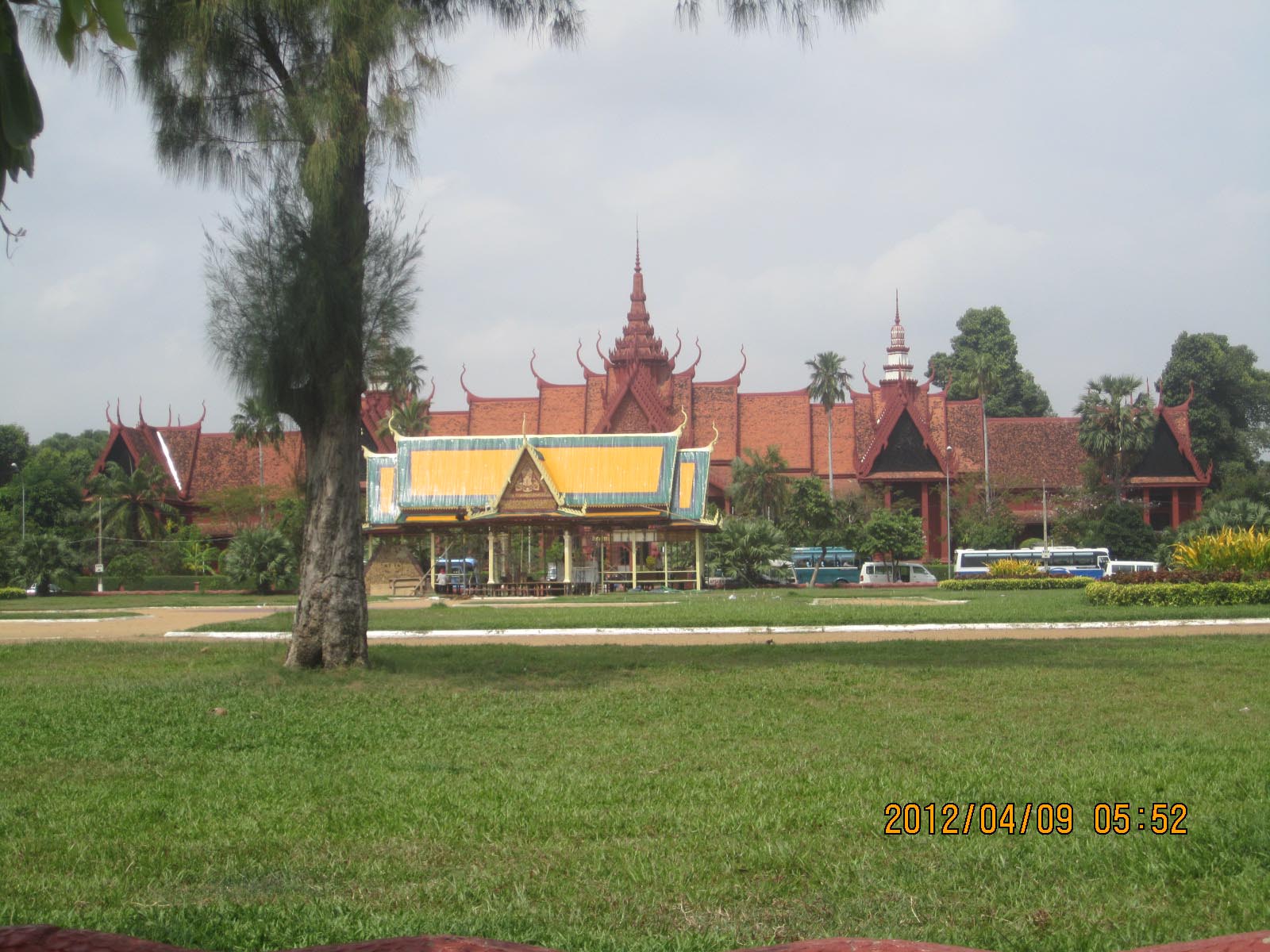

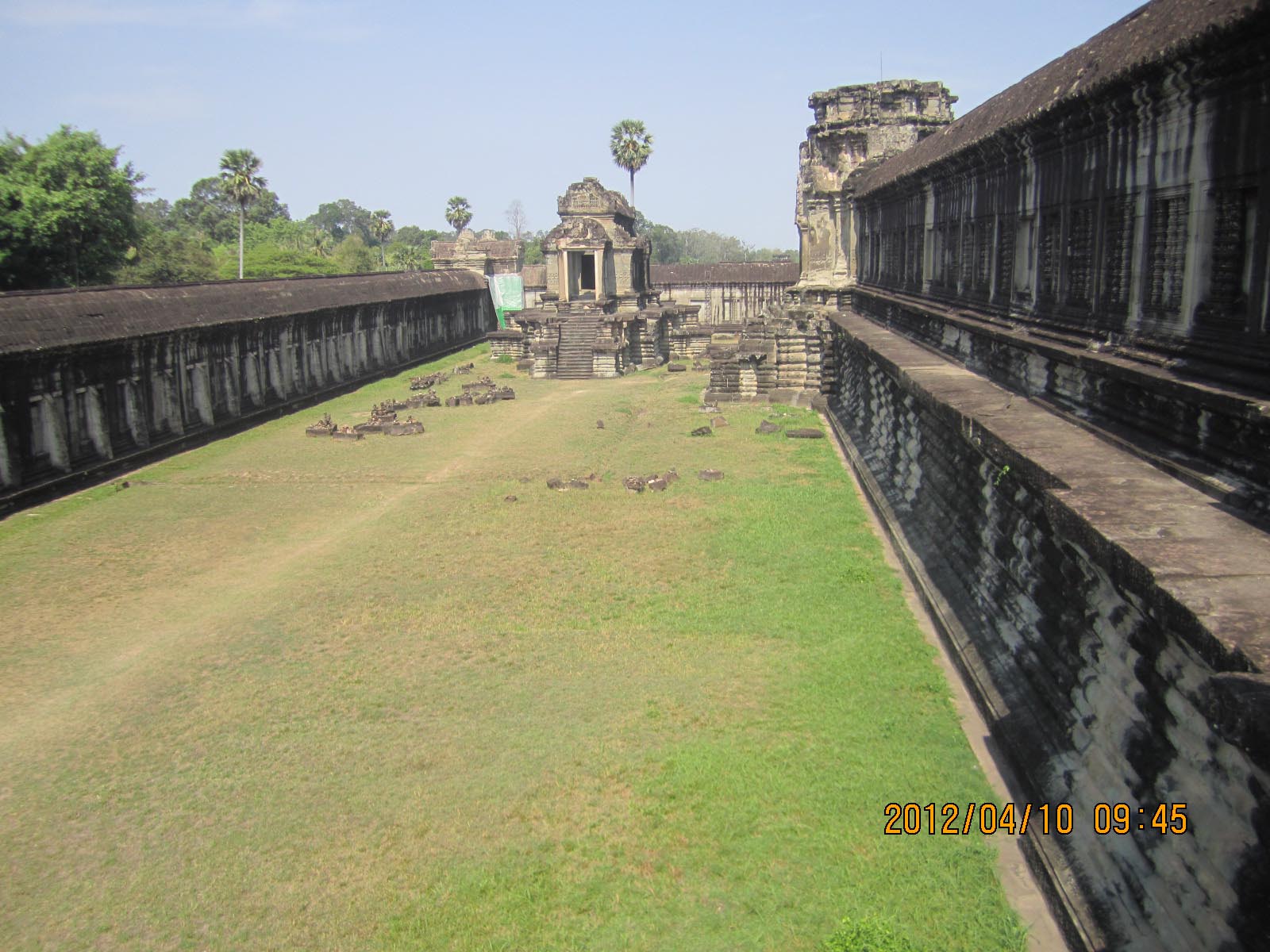


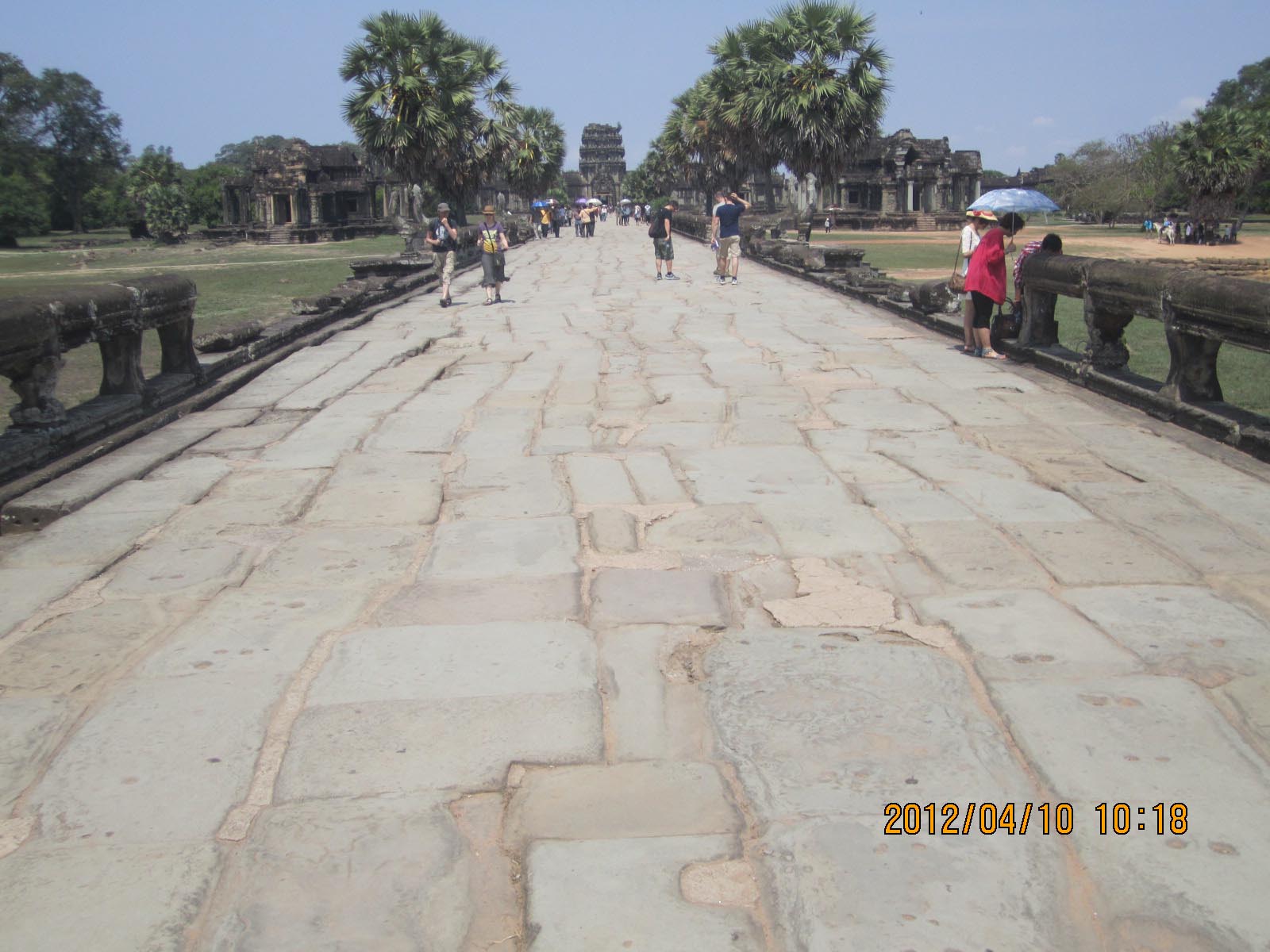

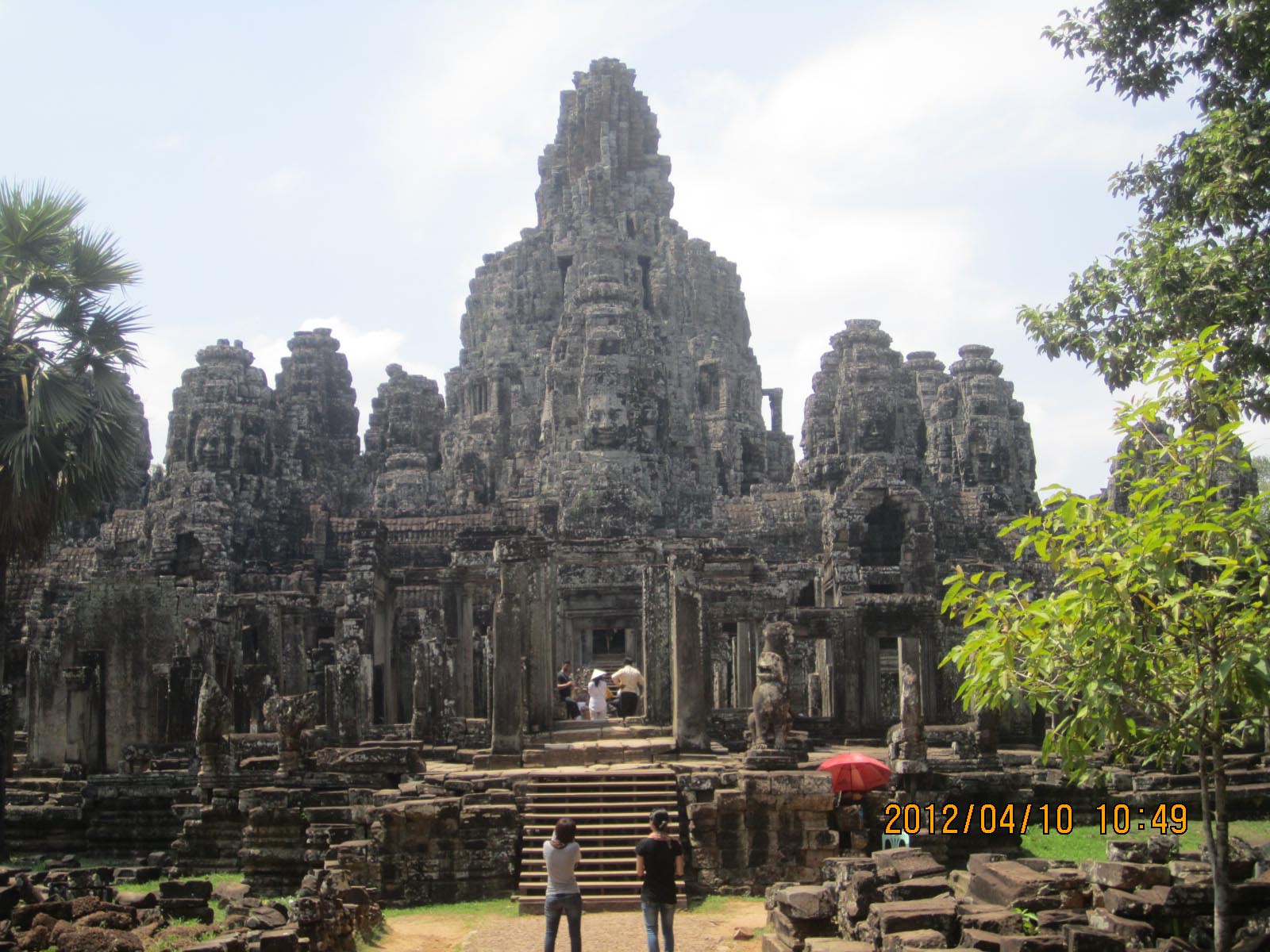
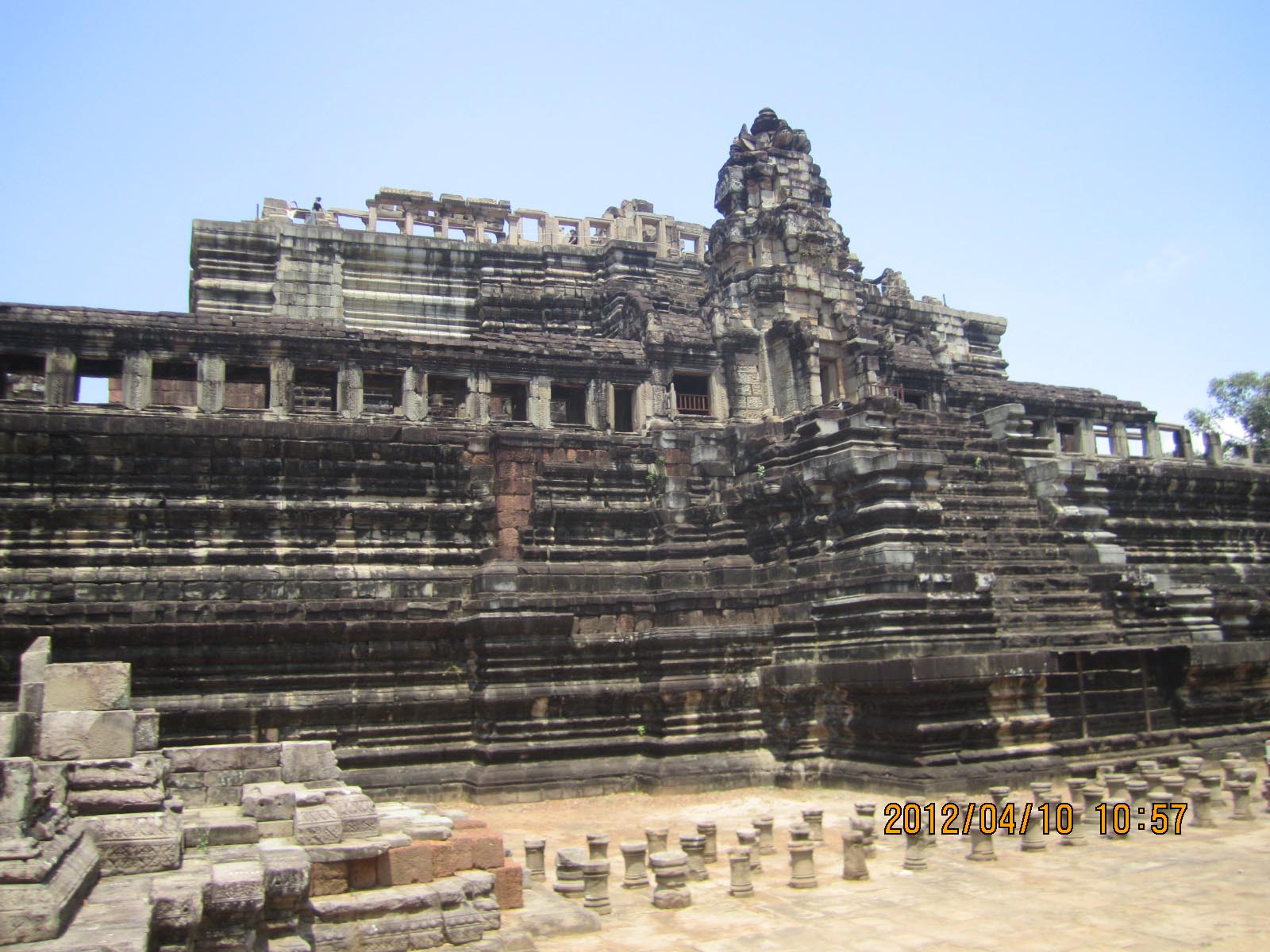

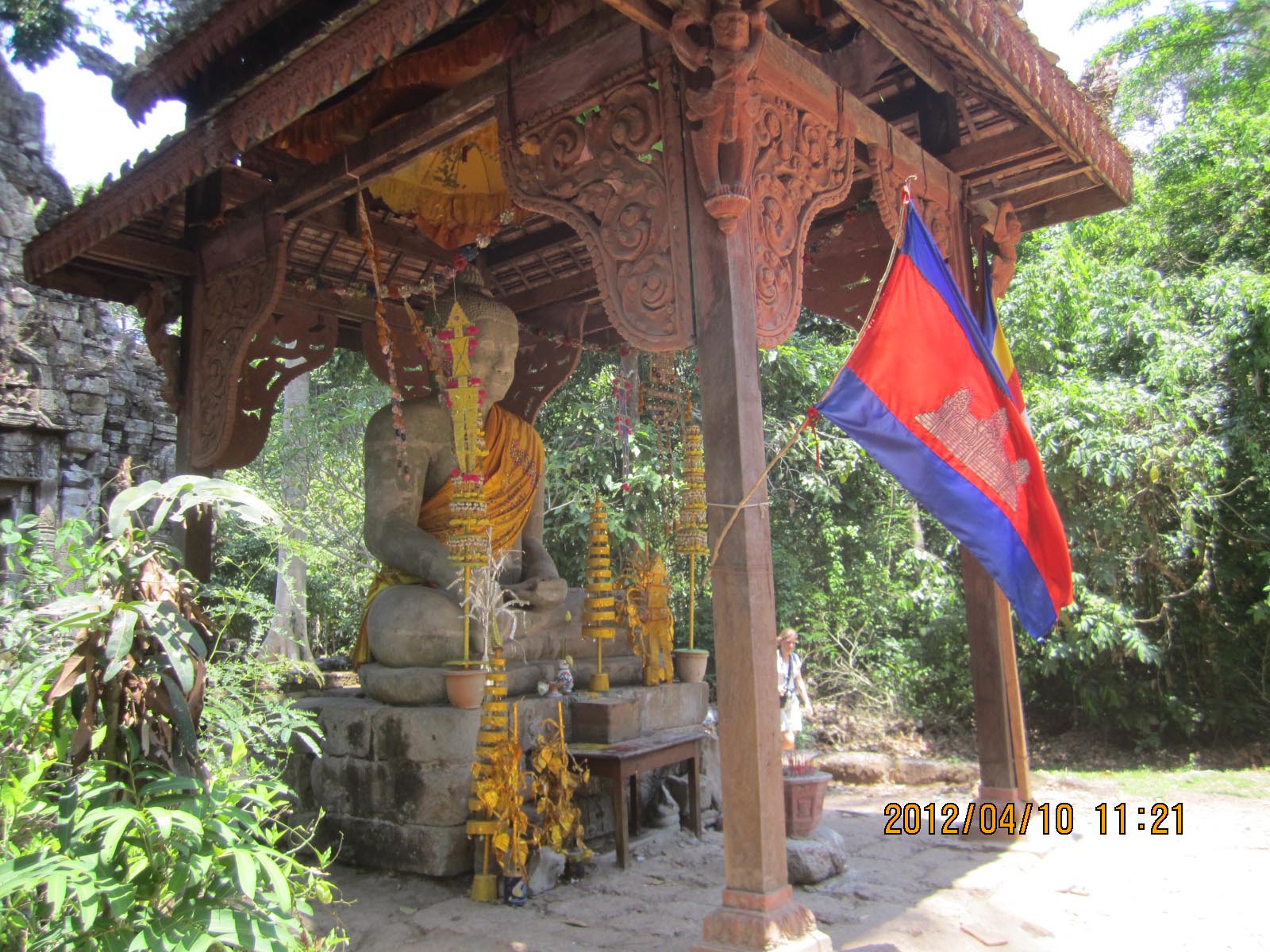

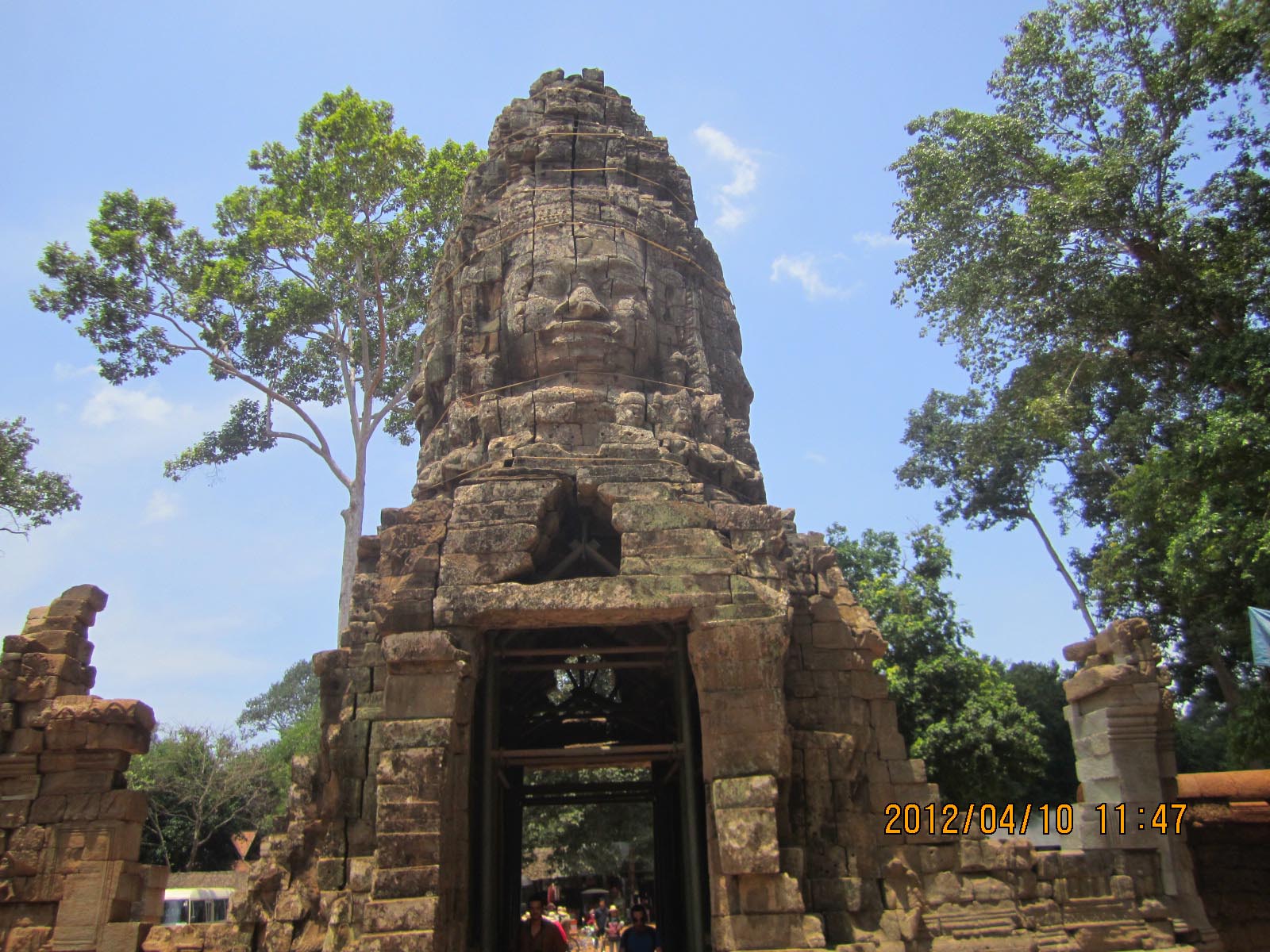
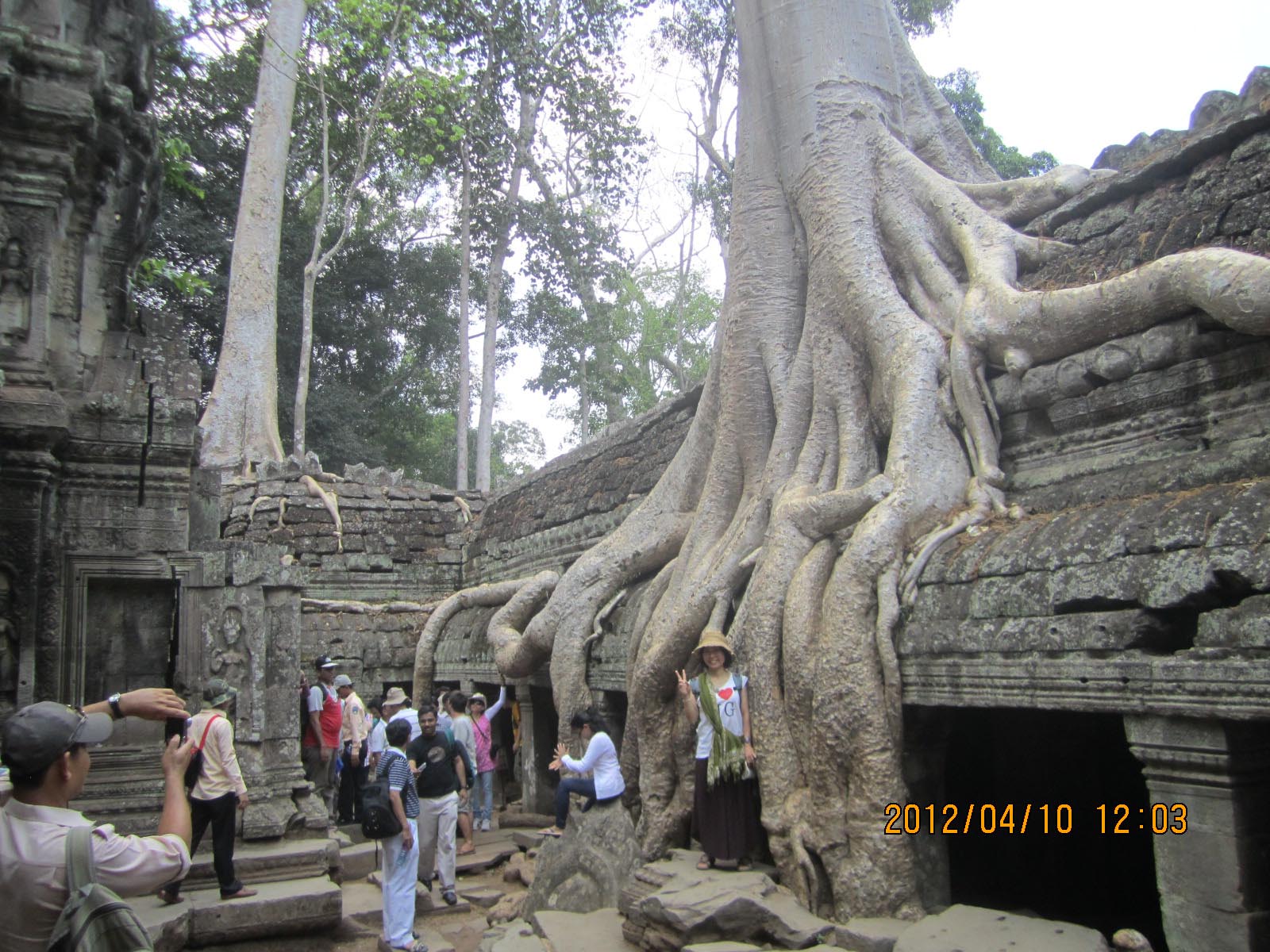

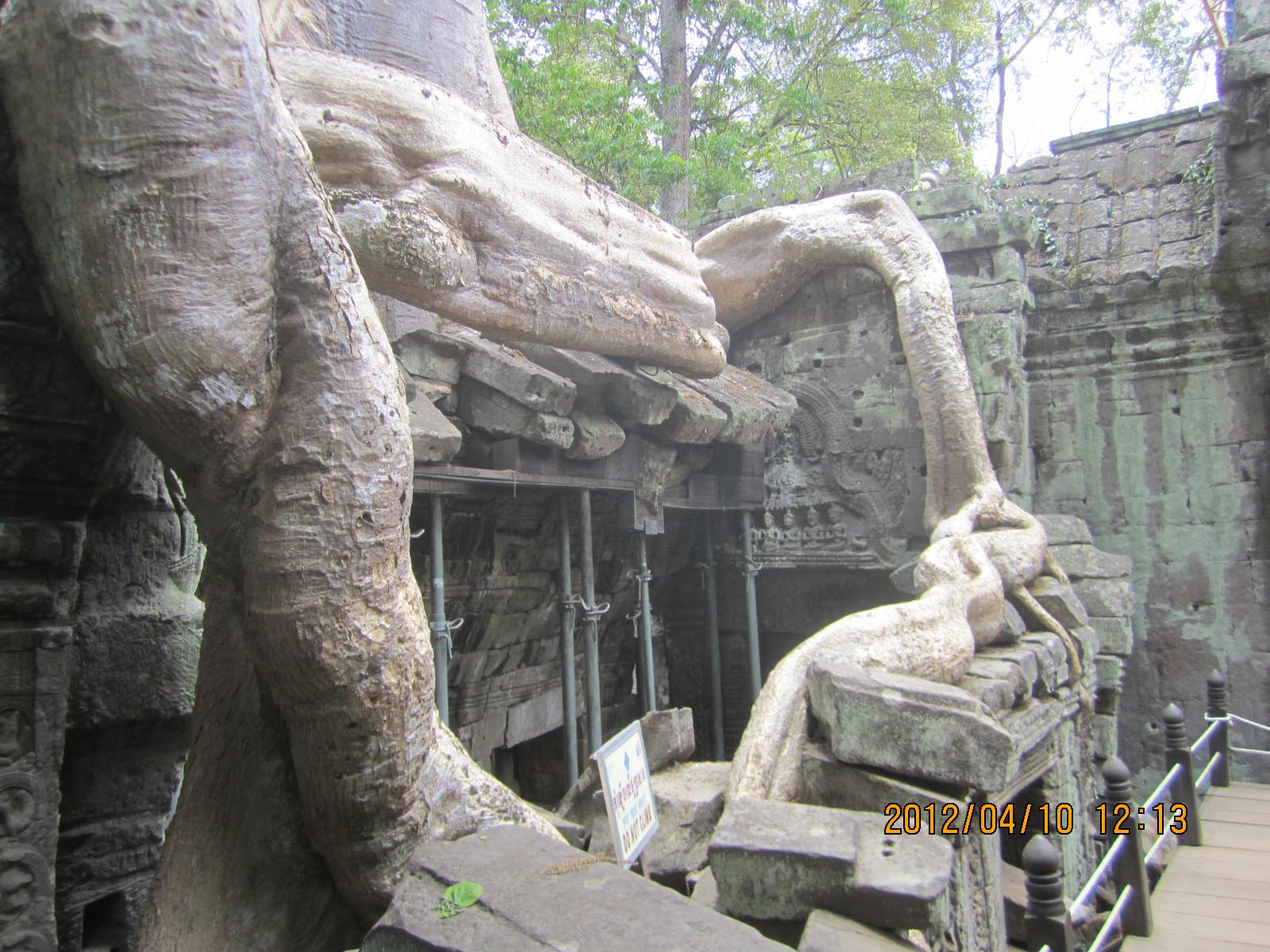
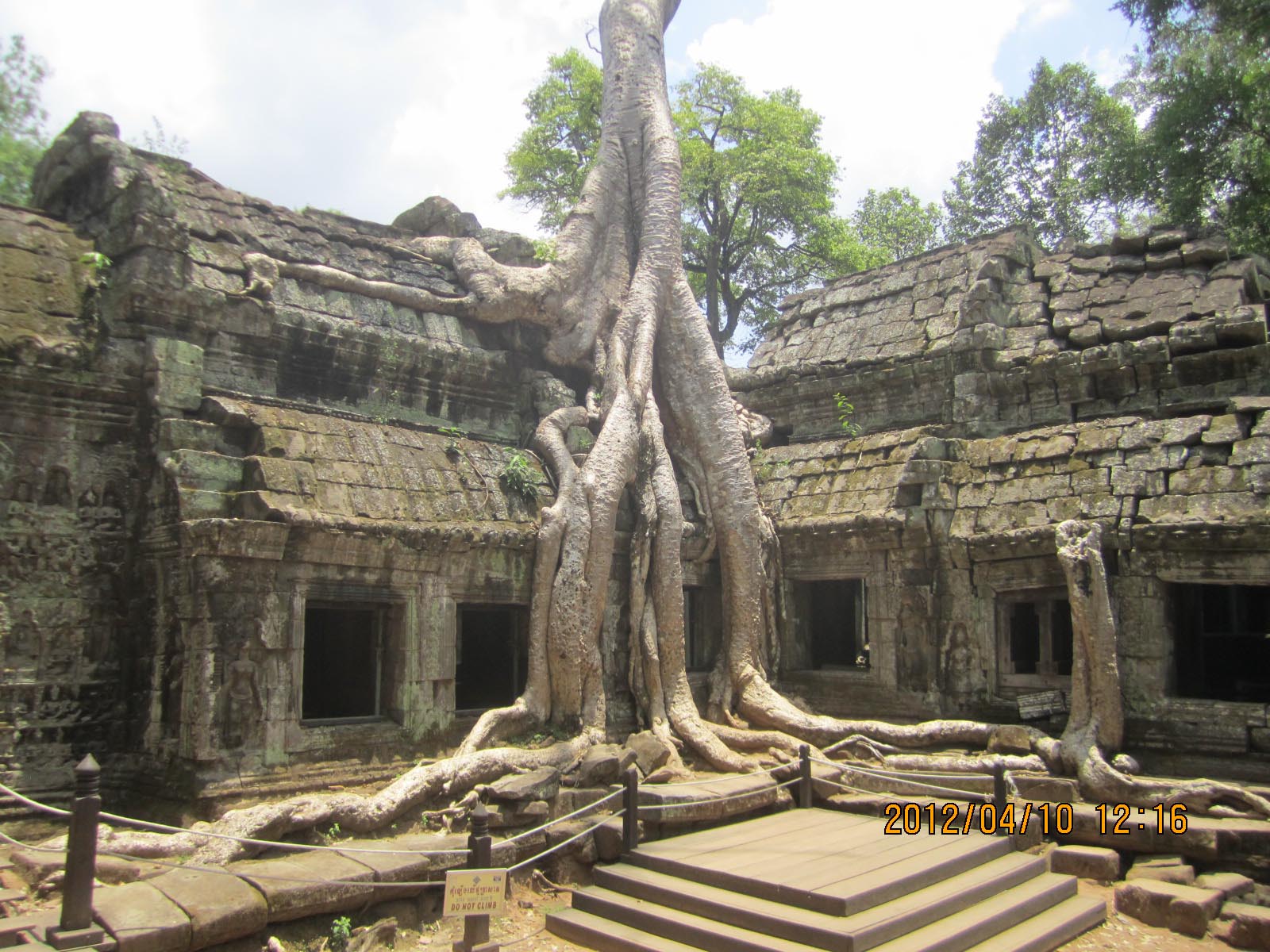
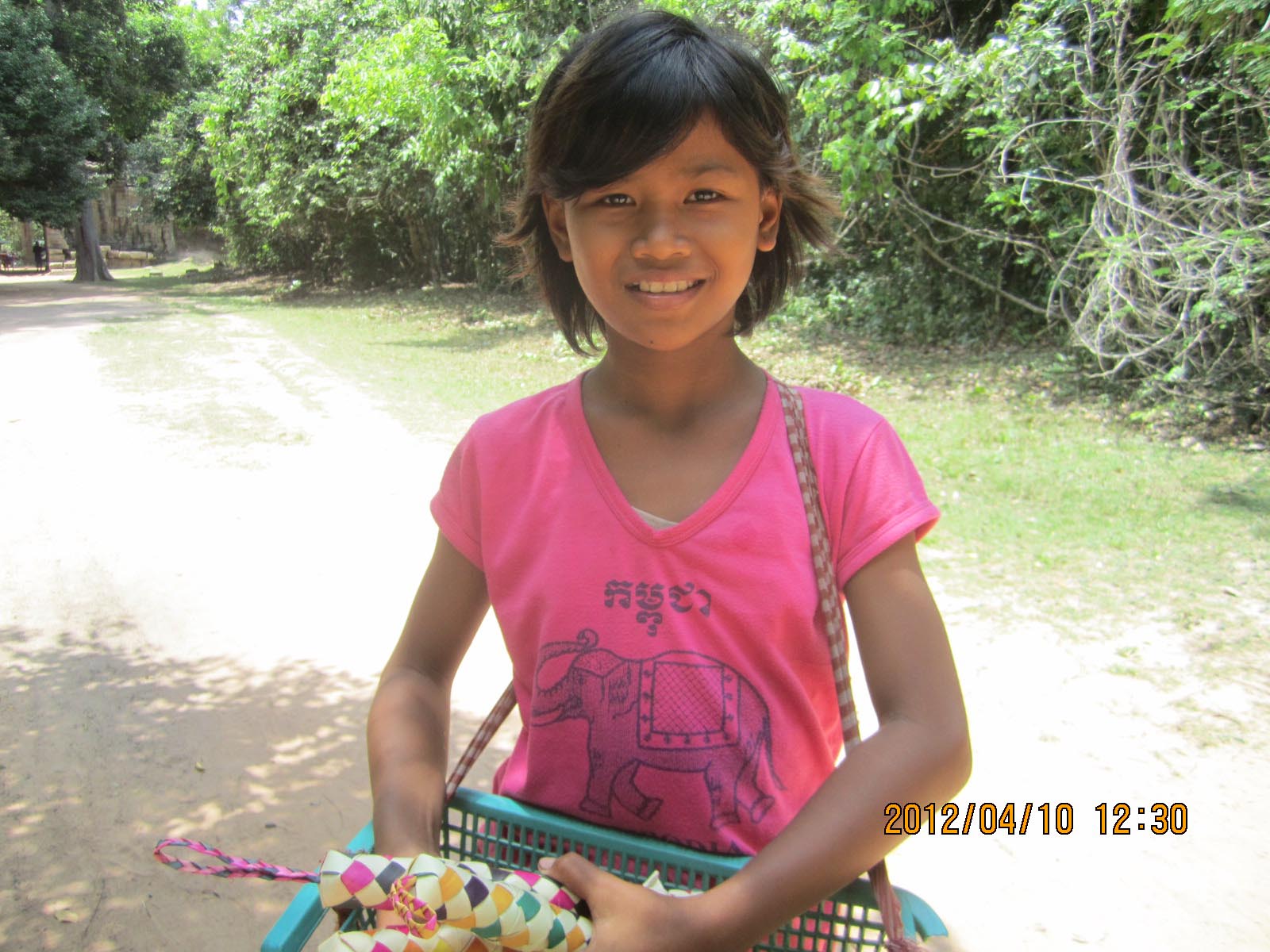



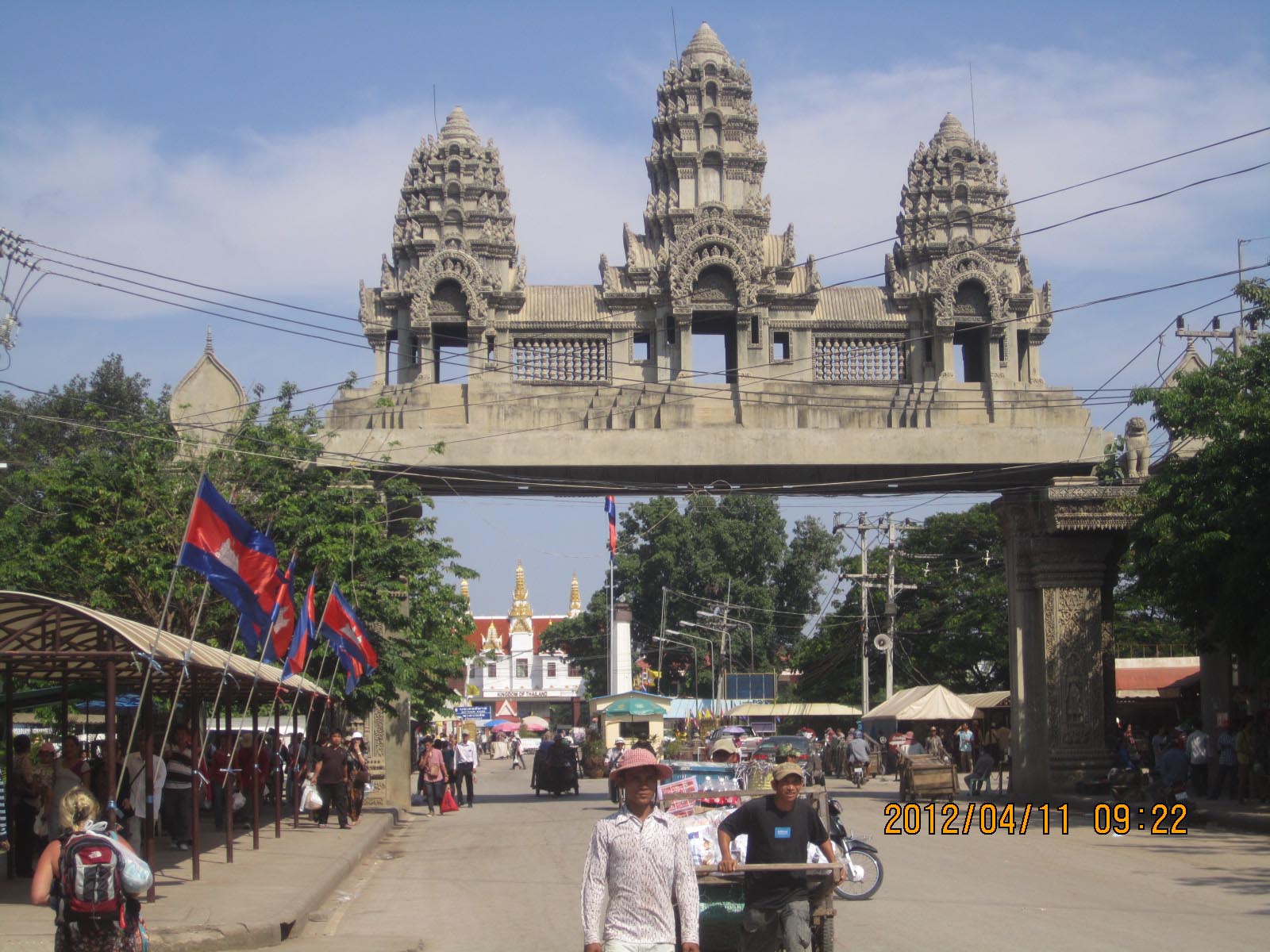
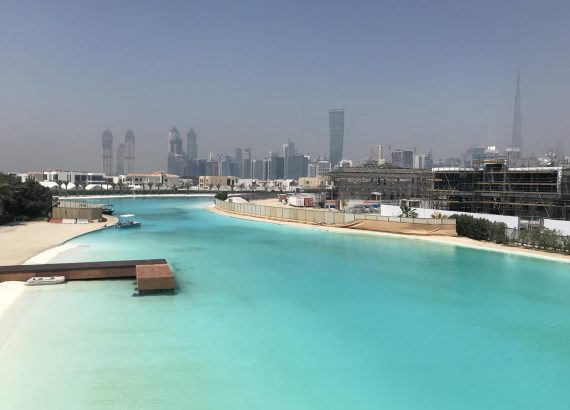
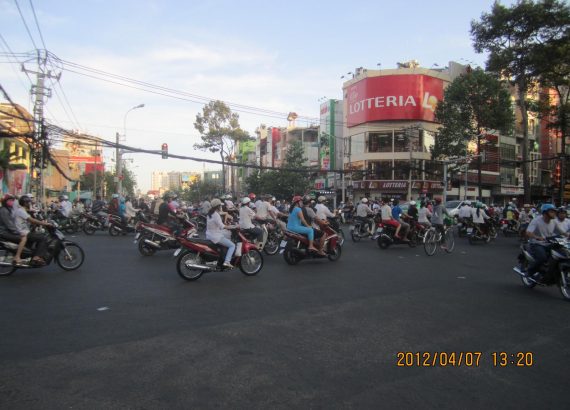
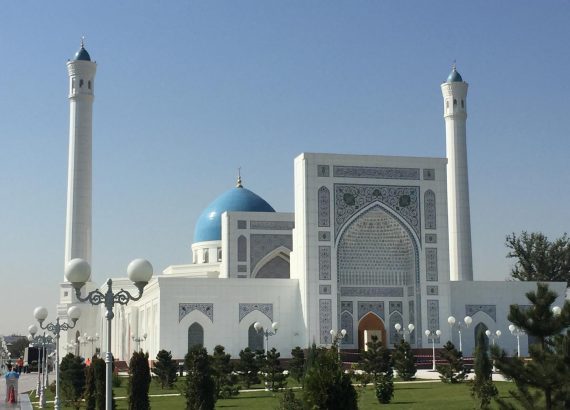
No Comments